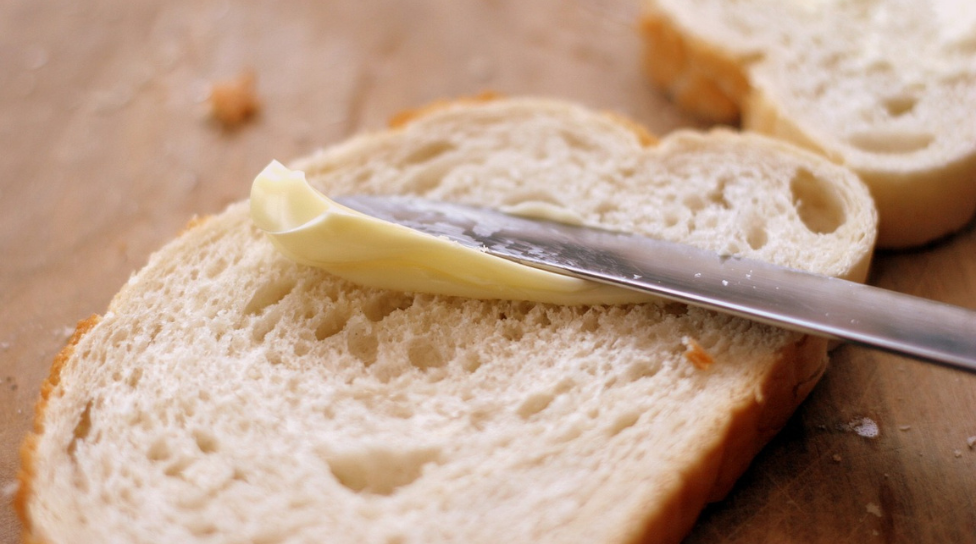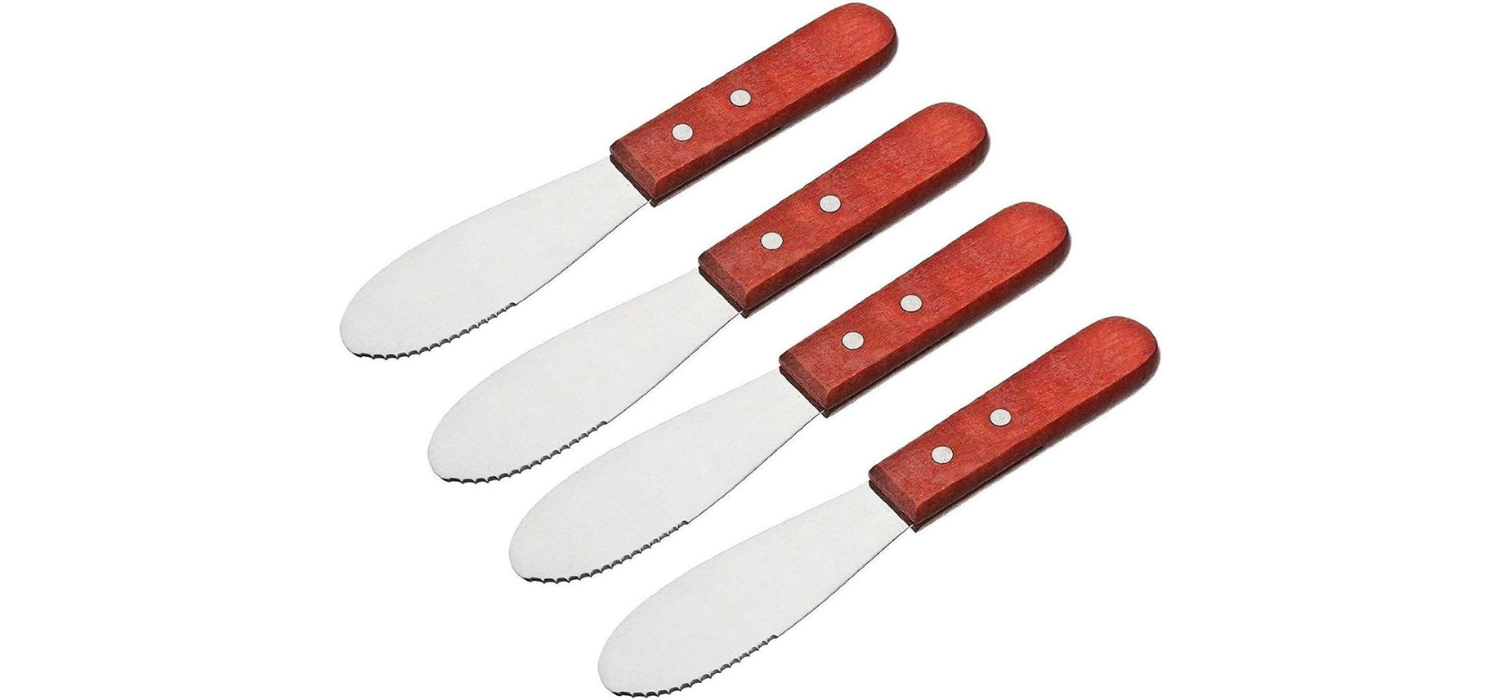#1 Guide to Choosing the Perfect
"Butter Knife"

Welcome to a journey through the intricacies of culinary craftsmanship. In this review, we will unravel the magic concealed within the unassuming butter knife, guided by the insightful “Ultimate Guide to Choosing the Perfect Butter Knife.” Prepare to discover how this comprehensive guide can revolutionize your kitchen experiences and elevate your mastery of the culinary arts.
Table of contents
Table of contents
01. The Art of Buttering
Discover the artistry involved in the simple act of buttering. From spreading delectable butter on warm, crusty bread to effortlessly gliding through a stack of pancakes, the right butter knife can make all the difference.
02. Understanding the Types
“The Ultimate Guide to Choosing the Perfect Butter Knife” opens our eyes to the diverse universe of butter knives. This guide categorizes and explains each type with precision, allowing readers to make informed decisions based on their unique culinary preferences. From classic spreaders to modern designs, every type serves a purpose.
03. Materials Matter
Material selection is a key aspect explored in the guide, recognizing that the material of a butter knife significantly influences its functionality and aesthetic appeal. Stainless steel, wooden handles, and other materials each contribute to the overall quality of the knife, ensuring a perfect blend of form and function.
04. Serrated or Straight?
The debate between serrated and straight blades is a focal point in “The Ultimate Guide.” Tenacious serrations or a sleek, straight edge—each has its merits, and the guide skillfully navigates this discussion, providing valuable insights to assist readers in choosing the blade that aligns with their culinary preferences.
05. Ergonomics and Comfort
The guide recognizes that the joy of buttering lies not only in the type of knife but also in its ergonomic design. Discover the significance of a comfortable grip, as the guide outlines various handle shapes and designs that enhance the butter-spreading experience. A well-designed butter knife should feel like an extension of your hand.
06. Maintenance and Care
Moving beyond selection, “The Ultimate Guide” extends its wisdom to the realm of maintenance. Learn how to care for your chosen butter knife, ensuring its longevity and optimal performance in the kitchen. Proper care is the key to unlocking lasting culinary magic.
07. Butter Knife Etiquette
The unspoken rules of butter knife etiquette are gracefully outlined in the guide. Elevate your dining experience by incorporating these etiquette tips, turning each meal into a sophisticated culinary affair. Proper placement and handling of your butter knife can make a lasting impression on your guest
08. Conclusion
In conclusion, “The Ultimate Guide to Choosing the Perfect Butter Knife” is a treasure trove of knowledge for culinary enthusiasts. With a focus on the unassuming butter knife, this guide provides valuable insights, allowing readers to make informed decisions based on their preferences and needs. Armed with this newfound knowledge, let your butter knife become a tool of precision and a source of culinary magic in your kitchen. Choose wisely, and embark on a journey where every spread becomes a work of art, and every meal a celebration of culinary finesse.

1. Versatility in Spreading
One of the primary advantages of a butter knife is its ability to evenly spread butter on bread, toast, or crackers. The blunt edge ensures a smooth application without tearing the food.
2. Safe for Children
The rounded tip of a butter knife makes it a safer option for children learning to spread their own butter. Unlike sharp knives, the risk of accidents is significantly reduced.
3. Elegant Table Setting
Butter knives contribute to an elegant table setting, adding a touch of sophistication to any meal. Their presence signals attention to detail in the dining experience.

1. Limited Functionality:
While great for spreading, butter knives have limited functionality beyond this task. They may struggle with cutting through harder substances, making them unsuitable for certain culinary endeavors.
2. Not Ideal for Hard Butter
Attempting to spread cold, hard butter with a standard butter knife can be a frustrating experience. This utensil is more suited for room temperature or slightly chilled butter.
3. May Not Replace Other Kitchen Tools
Despite their usefulness, butter knives cannot replace the versatility of other kitchen knives. For chopping, dicing, or slicing, specialized knives are still essential.
Top 7 Butter Knives
09. FAQs
Q1: How do I choose the right type of butter knife for my needs?
A1: “The Ultimate Guide” provides detailed insights into the various types of butter knives, helping you understand their unique features. Consider your preferences and culinary requirements to make an informed choice.
Q2: Is material selection essential when picking a butter knife?
A2: Absolutely. The guide emphasizes the importance of materials like stainless steel and wooden handles. Material impacts both the functionality and aesthetics of the knife, ensuring a well-rounded kitchen tool.
Q3: What is the significance of the blade type—serrated or straight?
A3: “The Ultimate Guide” delves into the debate, offering insights into the merits of each. Consider your preferred butter-spreading style to choose between the tenacious serrations or the sleek straight edge.
Q4: Why is ergonomic design crucial for a butter knife?
A4: The joy of buttering is enhanced with a comfortable grip. The guide explores various handle shapes and designs, ensuring your chosen butter knife feels like a natural extension of your hand.
Q5: How can I ensure the longevity of my chosen butter knife?
A5: Maintenance and care are essential aspects covered in the guide. Learn the proper cleaning techniques and storage tips to preserve the longevity and optimal performance of your butter knife.







